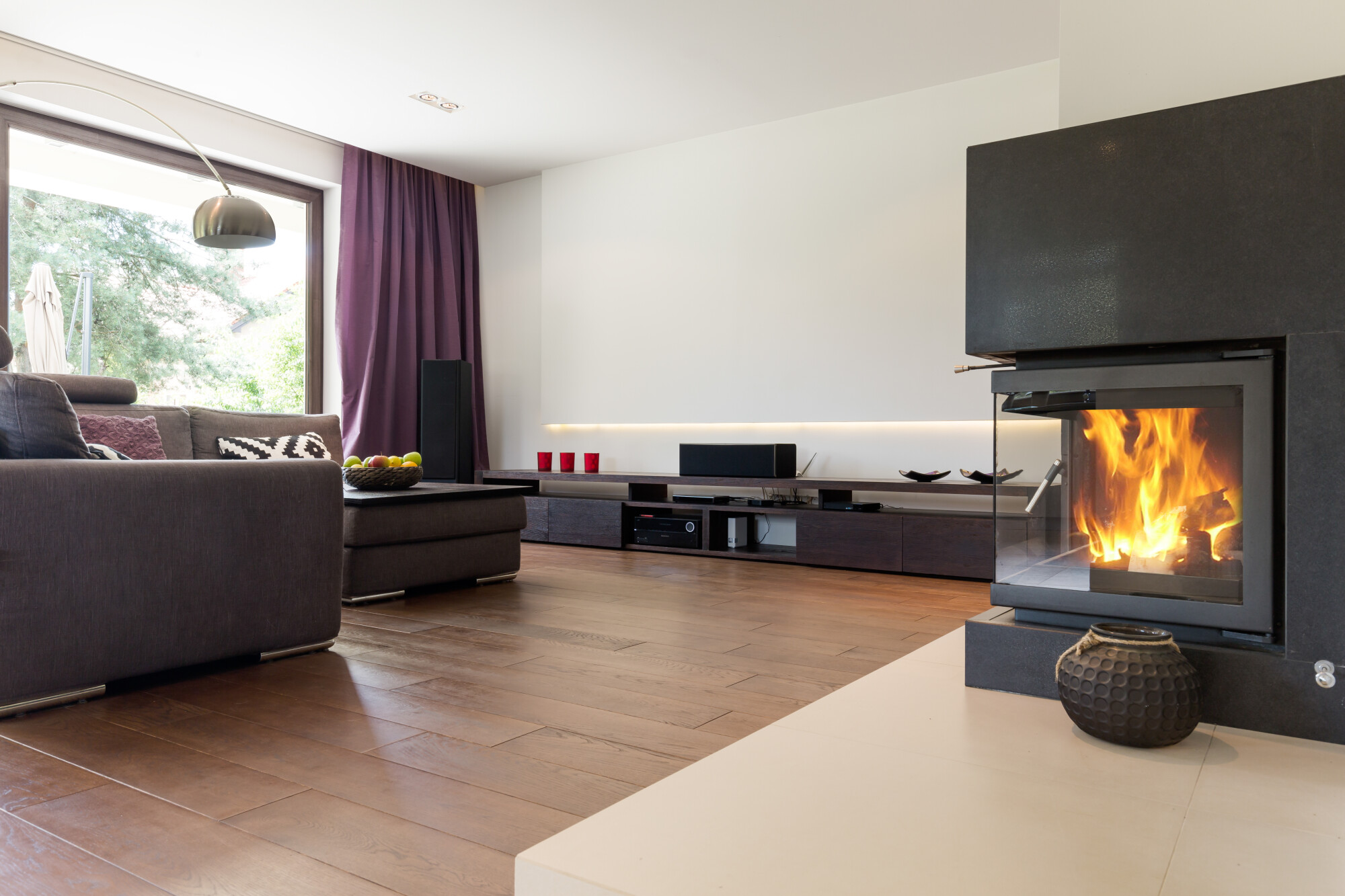Fireplaces are some of the most romantic of fixtures. Nights by the fire offer a simple pleasure and peace to the heart and soul. But do you know what makes a fireplace even better?
You are upgrading your fireplace to a gas fireplace. Unfortunately, not everybody can take advantage of the gas fireplace option. Some households don’t have gas lines available.
Comparing wood and gas fireplaces holds its appeal. Please take a look at the differences between wood vs gas fireplace. Use these to decide whether a gas fireplace or a wood-burning fireplace is best for your home.
Heating Efficiency
Regarding heating efficiency, gas fireplaces are far more efficient than traditional wood-burning fireplaces. Gas fireplaces achieve up to 98 percent efficiency and can produce heat as much as 28,000 BTUs/hr.
On the other hand, wood fireplaces are generally only around 50% efficient and, in some cases, can be as low as 15%. This means that a substantial amount of energy you put into the fire is wasted rather than converted into usable heat.
Aesthetic Differences
The aesthetic differences between a wood and gas fireplace are apparent. Wood fireplaces add warmth and a cozy atmosphere to a room with the soft orange glow, crackling of the logs, heat from the flames, and the subtle aroma of burning wood. Gas fireplaces create a bright blue love that can be seen and enjoyed without stoking and maintaining a fire for hours.
Aesthetically, it can be more modern looking, with glass and intricate trim detailing. The user can also control the output of a gas fireplace, so they can have a cozy glow when they want, or at times when they need more heat, it can be turned up, and the flames will get larger and brighter.
Installation Costs
Wood fireplaces are usually more expensive to install. It is because of the associated costs of building an appropriate chimney, proper ventilation, and installing flue liners—the installation cost of a wood fireplace range from several thousand dollars to upwards of twenty thousand dollars.
Gas fireplaces, by contrast, are generally cheaper to install and are often less of a financial burden. Installation costs of gas fireplaces range from several hundred dollars to a few thousand dollars.
They don’t require a chimney or flue liner. The installation process is often more straightforward than a wood fireplace installation, requiring only basic ventilation systems and gas line hookups.
Maintenance Requirements
A wood-burning fireplace will require more frequent and intensive cleaning, including having your system serviced at least once a year, if not more often. In addition, if you have a wood-burning fireplace, you’ll need to cut and carry the required fuel, such as logs, before enjoying your fire.
On the other hand, a gas fireplace is much simpler to maintain and doesn’t require as much work to keep it running. You must connect the gas line and turn on the system to enjoy your fire. If you want to have the best fireplace, use a fireplace beam.
Understanding Wood vs Gas Fireplace
In conclusion, choosing the right fireplace for your home can be difficult. Ultimately, it is essential to consider your preferences regarding the wood vs gas fireplace. To learn best which is the most suitable for your home – wood or gas – contact a local fireplace expert for advice.
If you enjoyed our informative article, please check out our site’s rest.


